ARNOLD SCHWARZENEGGER is staring past the row of weight machines, and past the chain link fence that outlines Gold’s Gym’s in Venice Beach, California. He’s been taking me through his five-round morning shoulder circuit, and we’re supposed to be starting the fourth round, moving from exercise to exercise with no rest.
No matter. Two women beyond the fence just snapped iPhone pictures of him—and Arnold noticed. “Hello! How are you doing?” he says. They ask if they can take pictures. “Of course,” he says. “You’re in a public place. It’s a sidewalk. You can do whatever you want.”
Schwarzenegger pauses. “Did you take the picture? How did I look?” The reply: “Awesome.” “You just made my day,” he says. The women smile. Arnold wedges himself into a shoulder-press machine and pounds out 11 reps.
Immediately after that, he beckons actor friend Doug Farrell to flex for the cameras. When Farrell tightens his biceps, Arnold shakes his head: “No, flex again.” Farrell flexes his chest instead. Arnold nods.
And when a powerlifter from Ohio, Cory Gregory (better known as @corygfitness on Instagram, with 400k followers) stops him, he shakes hands. Minutes later, during his finishing arm circuit, Arnold stops doing dips so he can stand behind me during preacher curls, hands on my biceps. “Think, ‘biceps,’” he says loudly. Then he leans in closer. “Make this,” he whispers, “your best set ever.”
I crush 12 reps, and here Arnold say “perfect.” I freeze for a moment. Did he say that about me?
It’s a frenzied one-hour workout—and a glimpse into the latest iteration of a man who’s made a career of reinventing himself. At age 75 (he turns 76 on July 30), he’s no longer the effervescent ball of muscle who jumped from Olympia stage to Hollywood to politics. But Updated Arnold still demands attention, and if Gold’s doesn’t prove that, his 24 million Instagram followers and 5.9 million TikTok devotees do.
It’s all because of his ability to adapt. He’s four decades removed from his bodybuilding prime and 20 years removed from his last big-screen Adonis moment (when he materialized out of thin air in a desert to open Terminator 3). He mills around Gold’s like a rusted T-800, with lumbering steps and an ever-so-slightly hunched back. His ostrich-egg biceps have deflated a bit, and his elbows ache. He’s aware that the body that set the original action-hero standard is no more. When I ask him if he still hits classic bodybuilding poses, he smirks. “Yes, but only in the bathroom,” he says, “because sometimes it makes me cry.”
But this latest evolution doesn’t rely on abs or chest or biceps. To achieve his goals, he’s adopted the role of influencer, using social media to foster a community and good vibes. Tune in to his Instagram right now and you’ll catch videos of Whiskey and Lulu, his pet pony and donkey, or you’ll see him filling the potholes that California forgot. All of that has set up bigger ventures: The Netflix release of FUBAR,an eight-episode spy dramedy, in May was the start, and that was followed by Arnold, a three-part personal docuseries (also on Netflix), in June. And in October, he’ll fix everyone’s problems through Be Useful: Seven Tools for Life.
“Be useful, meaning go and do something for other people” he says, explaining his foray into motivational self-help. “One of the rules of success is to give something back.”
WE’VE ALL BEEN influenced by Arnold, whether we realize it or not.
Decades before TikTok and YouTube, Schwarzenegger used old-school platforms like books, TV, and radio to make oversized muscle cool. Pre-Arnold superheroes were often average guys in spandex. (Think the ’50s series Adventures of Superman.) Then came Conan the Barbarian in 1982. “People were going crazy,” Schwarzenegger says, “that there was a guy that actually looked like Conan the way Frank Frazetta painted it.” Movies like Commando and TheTerminator sparked an ’80s filled with jacked heroes, and that era helped set the stage for Marvel’s takeover.
Meanwhile, a generation of trainers (myself included) fell in love with bodybuilding. “He was influencing me and all the other young guys who wanted to work out,” says YouTuber Athlean-X, aka Jeff Cavaliere, C.S.C.S. (who has 13.3 million YouTube subscribers). “He was influencing what young men did.”
Everyone who’s circled a bench press has a favorite Arnold moment. Celeb trainer Don Saladino loves the Commando scene in which Schwarzenegger hoists a tree onto his shoulder. Cavaliere wanted to look like Arnold in Predator. If not for Terminator 2, I’m not penning this story—or telling my parents, “Hasta la vista, baby” daily for a month straight.
Years after T2,I’d uncover Arnold’s Encyclopedia of Modern Bodybuilding at a New Jersey library. Written by Schwarzenegger (and Bill Dobbins) and published in 1985, it covers a host of lifting fundamentals, such as power training and range of motion—and it’s a musclehead must-read. (Cavaliere has two copies.) It also has a host of Schwarzenegger photos, and as I thumbed through it, my life’s goal was forged: Grow. Big. Biceps. Schwarzenegger’s blend of jacked physique and action hero inspired guys to try to become their most well-muscled selves.
Not that Prime Arnold’s influence was perfect. By spotlighting bodybuilding culture and openly admitting that he took steroids, he drew attention to PEDs. And with each blockbuster film, he gave all guys a compelling reason to consider them: If you could build the ideal muscular aesthetic, you could follow in Arnold’s footsteps and reach megastardom and riches.
This wasn’t the fitness legacy he’d imagined. Arnold would prefer if his legacy were more defined by his morning workouts at Gold’s. The routines are like today’s: He does 25 to 30 total sets, often in Terminator sunglasses. The focus isn’t raw muscle; he spends time talking and posing for photos. He trains to “stay alive, to be able to do my movies.”
He comes to Gold’s partly for the atmosphere, which reminds him of his youth in Thal, a village in Austria, 60 years ago. He remembers his first time doing pullups, as a 15-year-old with friends, repping out on tree branches. He did two reps, but the older weightlifters promised he’d be able to do 20 reps eventually—if he kept working. Days later, they asked him to join their weightlifting club, Athletik Union Graz. From then on, he always had a partner.
He brought that approach to the original Gold’s in Venice, a tiny box of a gym, in the 1970s. Back then, he trained with fellow Olympia competitors like Franco Columbu, Frank Zane, and Dave Draper. All would go on to have illustrious bodybuilding careers. “There’s a certain energy in the gym that we used to have,” he says. “And I wanted everyone to feel that joy.”
But when Arnold realized that few bodybuilders were doing TV interviews and growing the sport, he began “influencing,” ’70s style. “I never looked at myself as the term influencer, because it’s a new word. But I always tried to use the media to spread my message.”
Watch Pumping Iron, the 1977 documentary on bodybuilding, and you’ll see the likes of Columbu and Zane lifting in silence. Lou Ferrigno, the doc’s other star alongside Schwarzenegger, trains at home, stone-faced. Schwarzenegger, meanwhile, jokes throughout, delivering one particularly legendary soliloquy that compares the “pump” you feel after an exercise to “cumming.”
“I was much more casual, much more fun,” he says, before making a statement that’s proved true in everything from bodybuilding to Hollywood to politics. “How do you make the people know about your product? Schwarzenegger.”
He channels that casual, fun attitude during our entire workout. I lag behind him into the second round of shoulders, used to training with people who want to focus. But as Arnold approaches the lateral-raise machine, he yells at me to hurry up, then tells me to put away my phone. (I was trying to sneak a few pics.) Only then does he begin his set—with a request. “Why is my training partner not counting out my reps,” he wonders aloud, “like Franco used to do?”
All at once, he keeps me loose and energized and imparts the gym wisdom I crave. I count his reps, then he counts mine—and sees that I’m cutting my range of motion just short, because he doesn’t hear the weights clanking as I lower on each rep. “Why rob it of one tenth of the movement?” he asks. “Which could be—we don’t know—but which could be one tenth of the growth?”
SCHWARZENEGGER HAS always been a master of identifying opportunities that others miss. And the way he sees it, that makes him responsible for more than simply fixing my lateral raise. “I didn’t plan to be the action star in movies,” he says. “I didn’t plan to be governor of the state of California. I didn’t plan on being the warrior for a clean environment—or any of those things. When I see there’s a vacuum . . . what the fuck’s the matter with these people? Then I jump in.”
That includes jumping in to solve problems he helped create, which is why Schwarzenegger has spent the past few years working hard to shift the fitness narrative away from mirror muscles and toward long-term wellness (although it’ll always be about the pump, too). This process actually began 34 years ago, with his Arnold Sports Festival. The yearly event is highlighted by a bodybuilding competition (because of course), but Arnold says its true purpose is to celebrate more than just muscle, hosting more than 50 different sports.
It offers a chance for Schwarzenegger to undo one of fitness’s greatest myths: that the ultimate barometer of your fitness is your physique. The more Prime Arnold flicks you’ve watched, the more you might think biceps solve everything. That was never Arnold’s belief. “In the beginning,” he says, “my message was ‘Hey, everyone, wake up. We all have to do something.’ ” His festival includes disabled divisions that have invited a variety of athletes, such as the late Karen Skalvoll, who set a deadlift world record with an oxygen tank in 2020.
But the Arnold fest can’t fix the enduring problem of PED use. Among bodybuilders, it’s well-known that you stand little chance of competing if you’re not using. Influencers routinely detail their PED regimens on YouTube. And as testosterone-replacement therapy marches toward mainstream acceptance, more and more lifters are openly aligning with TRT clinics on Instagram and Facebook.
In clips from his bodybuilding days, Schwarzenegger doesn’t deny using steroids—and he is even more open when I ask. He explains what he took: testosterone and Dbol (a steroid still popular among bodybuilders). “One hundred milligrams a week,” he says of his testosterone usage, “and then three Dianabol a day, so that was 15 milligrams a day.”
He insists his usage was completely unlike today’s steroid abuse. Steroids weren’t illegal until Congress passed the Anabolic Steroids Control Act of 1990. Secondly, Schwarzenegger says, he only took them under a doctor’s supervision. That, he says, is different from how lifters acquire PEDs today. “Bodybuilding always, always was considered a safe sport. But now it’s not. Now people are dying—they’re dying because of overdoses of drugs and they don’t know what the fuck they’re doing. They’re listening to charlatans. If I want to get medical advice from a doctor, I go to UCLA or I go to the Cleveland Clinic.”
He’s trying to say the right things but knows he’s a flawed messenger. “Don’t go there,” he says. “Yes, we are at a time now where we always look for the easy way to make money, the fast way to get rich, the easy way to be an influencer. Anytime you abuse the body, you’re going to regret it. So I just want young people to know that I have seen people getting kidney transplants and suffering tremendously from it.”
He gets that you don’t want to listen, comparing himself to a rock climber who takes major risks, then tells others not to. “I recognize the fact that, who am I to say this? This is the guy who climbed without a rope.”
SCHWARZENEGGER’S LATEST evolution positions him to try to solve some of these fitness problems—and perhaps some other social media problems too. It starts with his transparency on PED use. Whatever Young Arnold did can’t be changed, but Today’s Arnold is all about that influencer buzzword: authenticity.And it continues with a heavy dose of Motivational Arnold across multiple platforms. There’s Be Useful, which he hopes will help with the “crisis of utility” that he believes is wrecking humanity. (He’s open to a Marvel movie, too. “If the role is right!” he says.)
The Arnold doc excites him more than any other project. He’s barely interested in talking about FUBAR, saying only that the script reminded him of True Lies. The three-part docuseries, which chronicles his three distinct careers (athlete, actor, and politician), marks the first time he’s been interviewed for a project on his life. “I said no to projects like this for years,” he says, “but I’ve seen how many people are inspired by my story. I hope it inspires millions of people to find their vision.”
He’s borrowing from the modern playbook of influencerism, too, advancing past TikTok and Instagram to deliver daily fitness wisdom to his audience with a free email newsletter. His Pump Daily, started in January, already has 431,000 subscribers. Email newsletters are an increasingly popular way for influencers to bypass social-media algorithms and connect with their most fervent followers.
The newsletter overflows with quick workouts and mindset advice from Arnold, as well as the occasional rant on society. He kicked off May by slamming influencer culture for being full of “bullshit artists and charlatans and outrage salespeople,” and various websites wrote about his diatribe. He didn’t mind. He recalls a weightlifter, Yury Vlasov, who inspired him in his youth. “You have to become the Yury Vlasov for the millions of people who come up to you,” he says, “because it has an effect on all of them. Then they eventually will be somebody, and then they will do the same for somebody else.”
The goal, I’m starting to understand, has always been about more than biceps. It’s been about impact. And I can’t help wondering if maybe that’s why Arnold let me join him in his morning workout, pushing me hard on that final set of biceps curls and showing me his secret to developing strong rear delts. (His tip: Keep your chest off the pad during machine rear-delt flies.)
But Arnold had other reasons. “It’s teamwork,” he says. “You inspire me. I inspire you.”
Just like those old Gold’s Gym days, when Arnold’s influence reached only his workout buddies.
This story appears in the July/August 2023 issue of Men’s Health.
Ebenezer Samuel, C.S.C.S., is the fitness director of Men’s Health and a certified trainer with more than 10 years of training experience. He’s logged training time with NFL athletes and track athletes and his current training regimen includes weight training, HIIT conditioning, and yoga. Before joining Men’s Health in 2017, he served as a sports columnist and tech columnist for the New York Daily News.



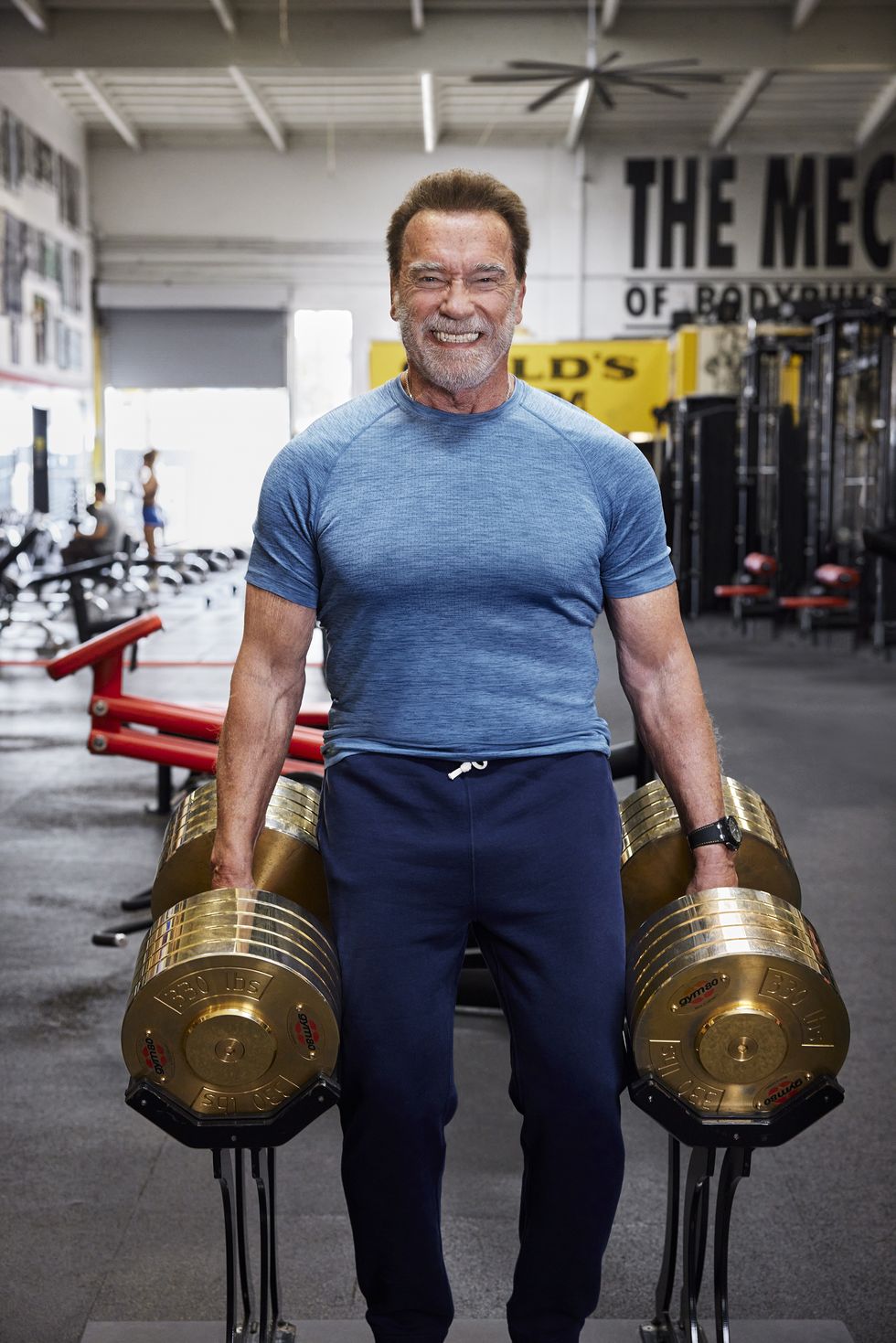

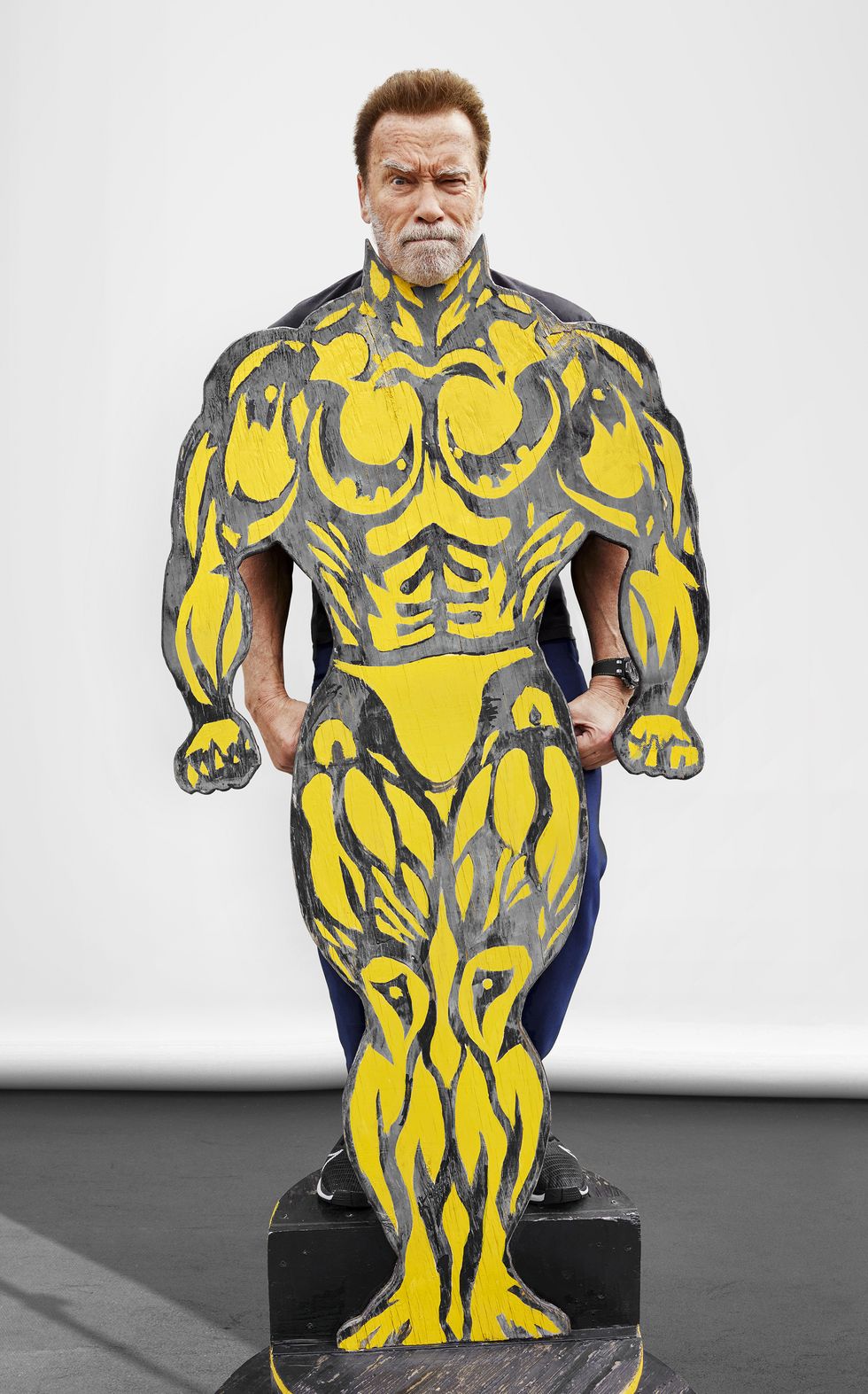
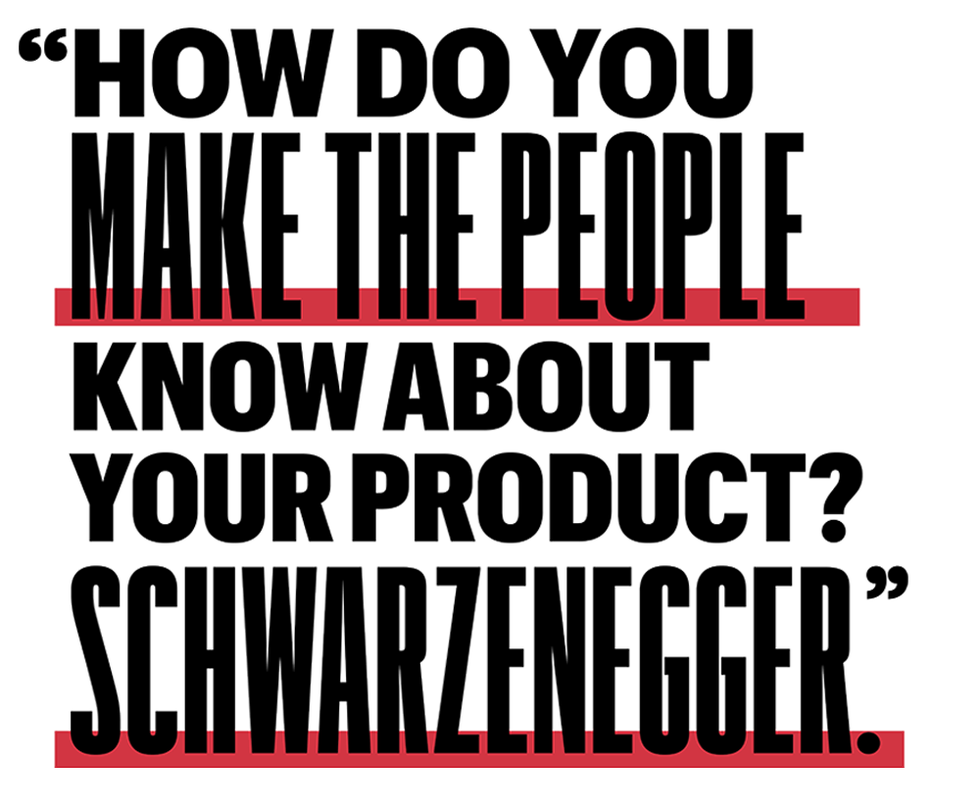
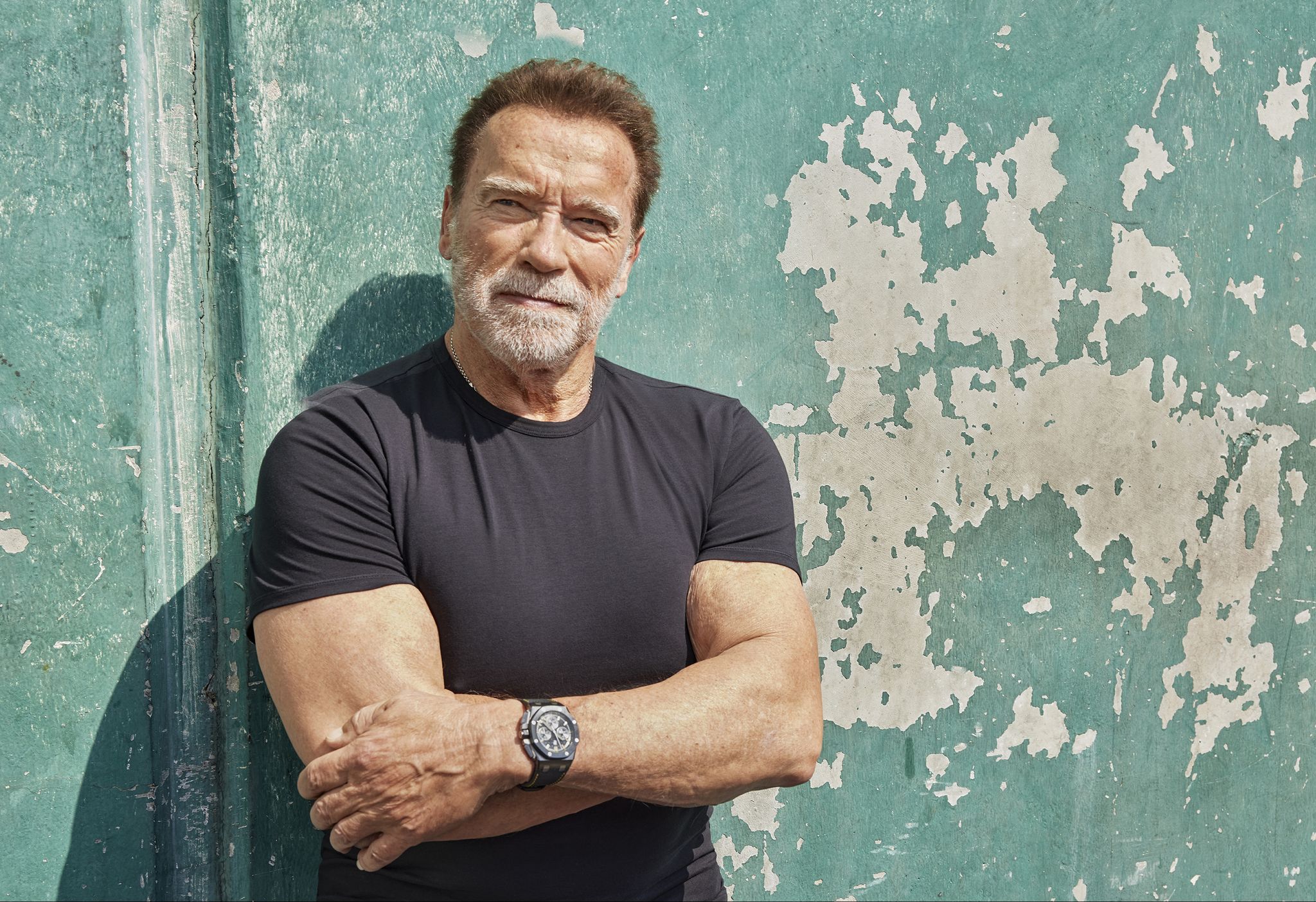
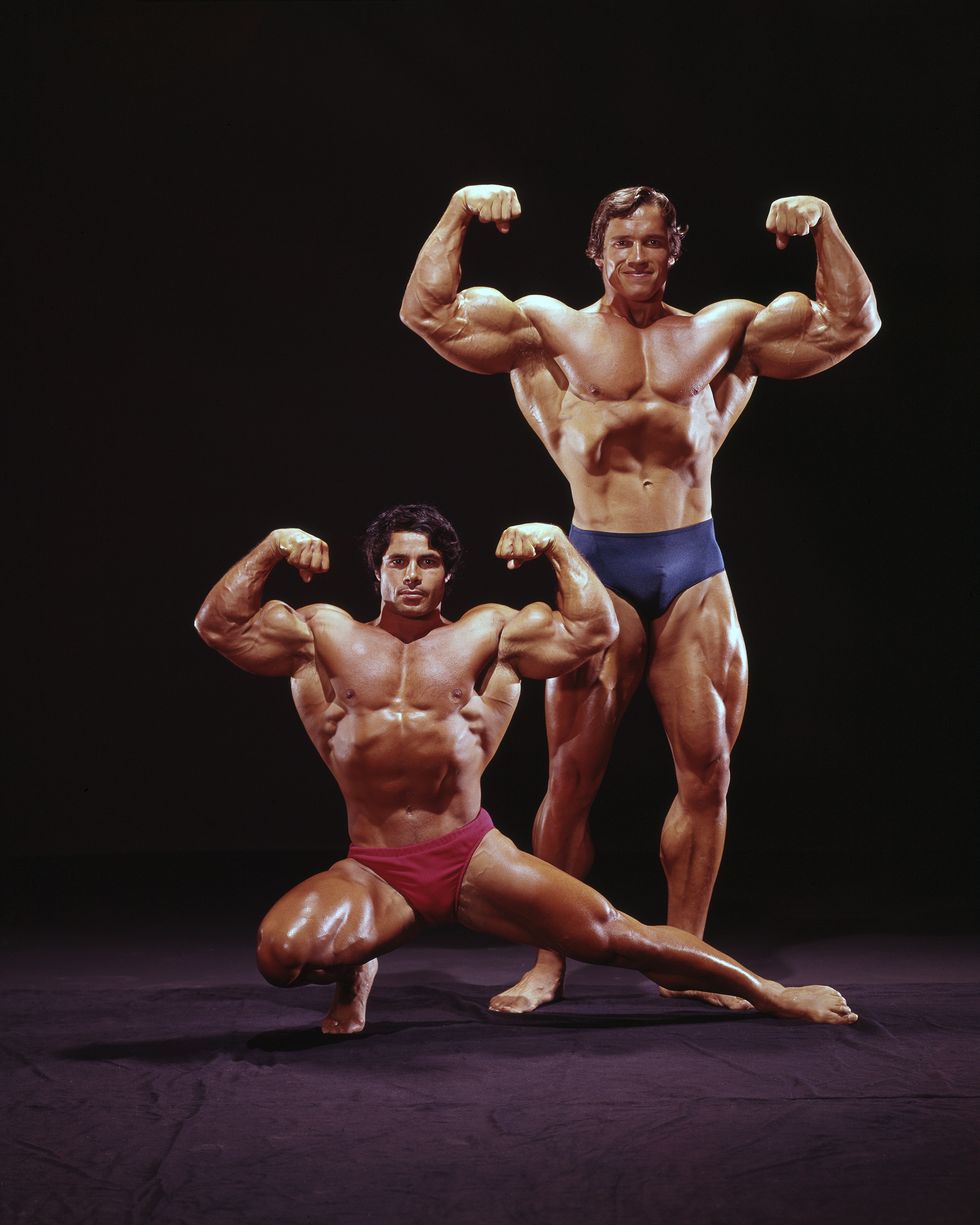
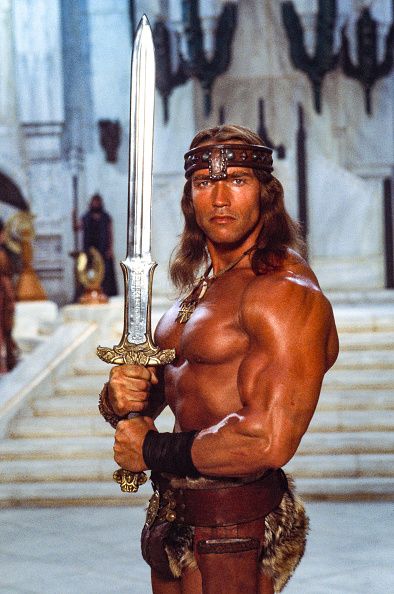
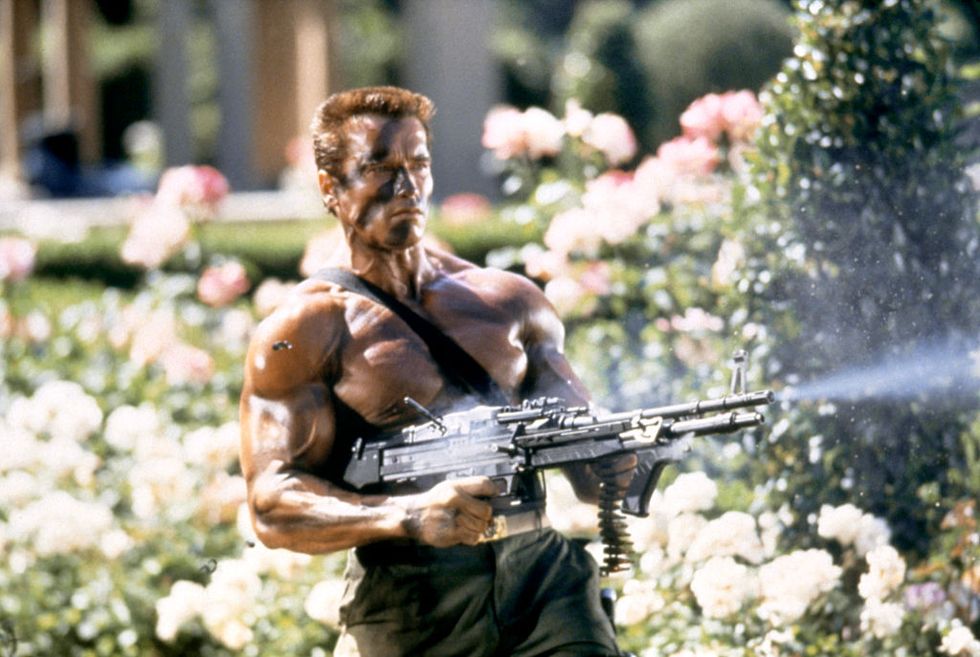

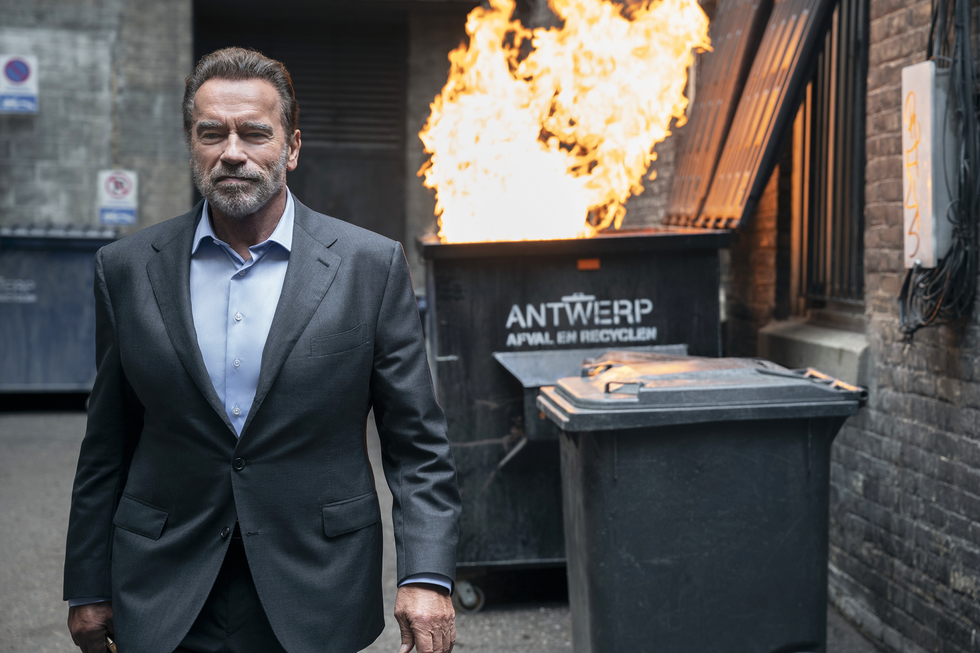
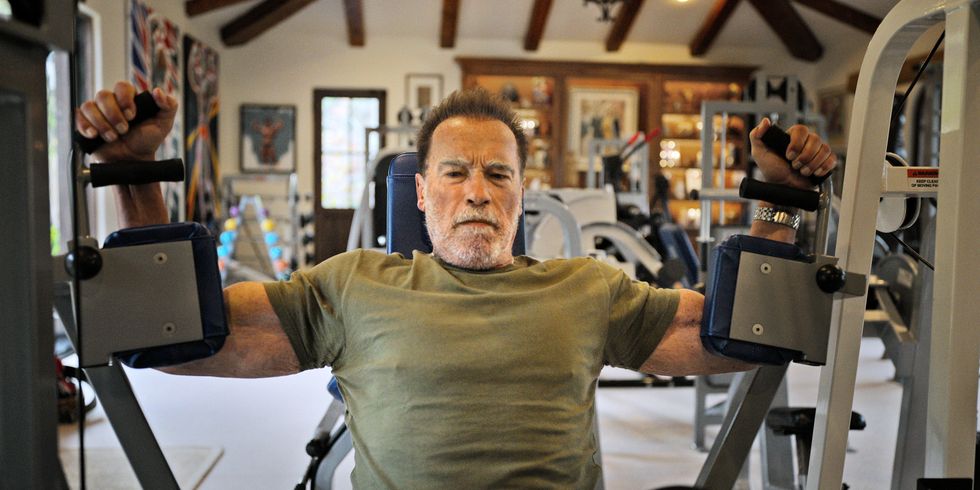
Comments are closed.